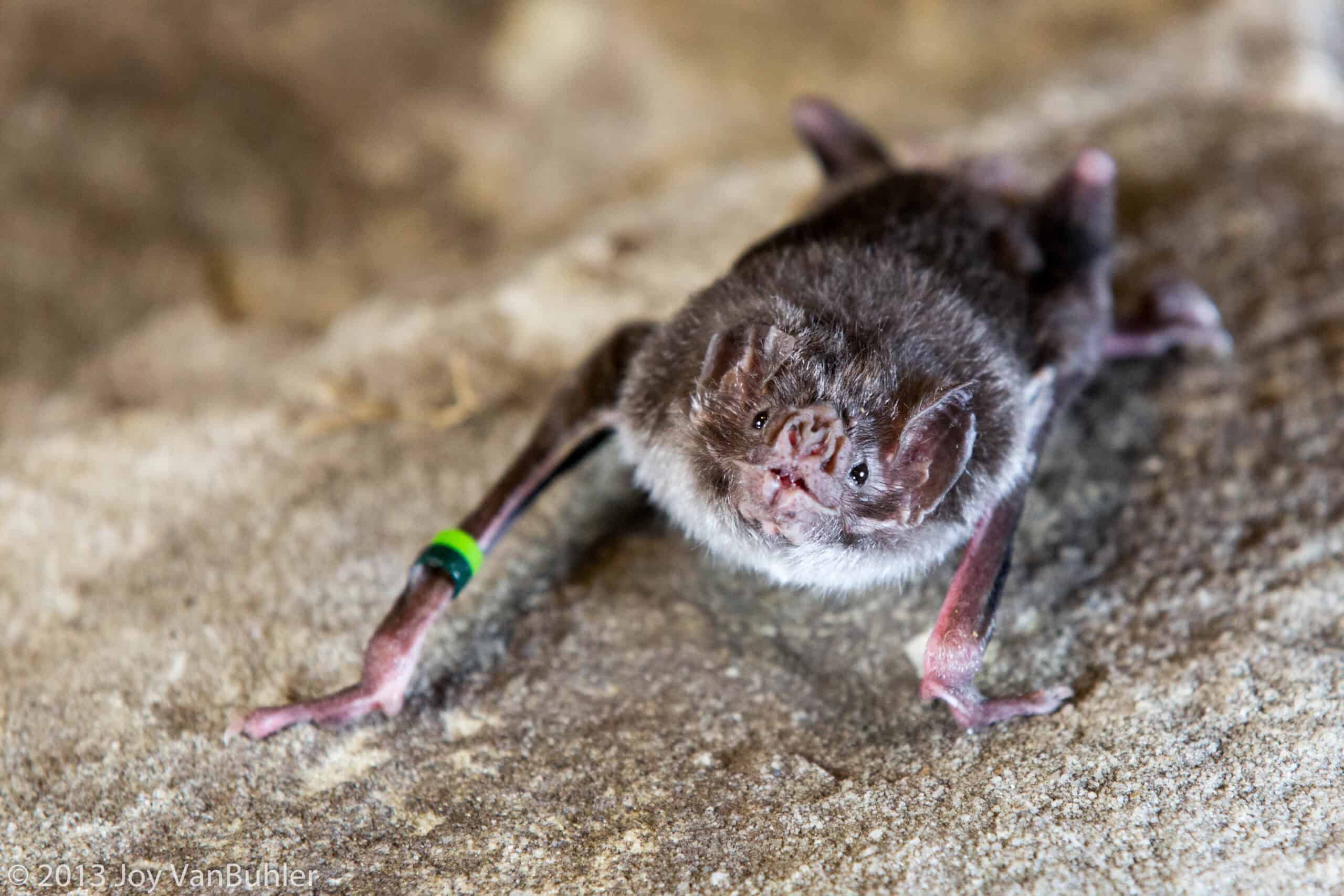Share this article
WSB study: The key to distinguishing Florida mottled ducks
Following the introduction of mallards in Florida in the 1960s as a favorite in backyard ponds and other landscaped areas, the ducks took a liking to Florida mottled ducks. Now nearly 60 years later, hybridization and introgression is threatening the native species.
In a study published in the Wildlife Society Bulletin, researchers developed plumage keys that serve as a field guide to distinguishing mottled ducks (A. fulvigula fulvigula) from mallards (Anas platyrhynchos) and hybrids of the two species. The new tool could have major implications for managing the Florida mottled duck, according to Ron Bielefeld, an associate research scientist with the Florida Fish and Wildlife Conservation Commission and the lead author of the study.
“It became obvious to us many years ago that we needed to have some way in the field to determine in real time if we had a pure mottled duck, a hybrid, or a mallard in our hands,” said Bielefeld. The problem became apparent about 20 years ago, he says, but genetic techniques weren’t good enough to distinguish the different duck species from one another and work on a key could go no further. However, as genetic techniques advanced, the biologists took another look.
Bielefeld and his team began by visiting the U.S. National Museum and Harvard’s Museum of Comparative Zoology to view specimens of Florida mottled duck and mallard collected before 1950. This information gave them the basis to identify the distinguishing characteristics of pure mottled ducks.
“Step two was to take that information and develop a scorecard to apply to modern birds,” said Andrew Engilis, a curator at the Museum of Wildlife and Fish Biology and a coauthor in the study. The Florida Fish and Wildlife Commission then obtained about 170 specimens of frozen birds that were collected mostly at hunter check stations. Then, using the score card developed from historic specimens, the research team scored and assigned the identity of the specimens: mottled, hybrids or mallards.
Next, they took a small sample of breast muscles tissue from each bird to obtain a genetic signature for the ducks. “This helped confirm the identification of each frozen bird and to assess helpful character traits vetted by each bird’s genetic makeup,” said Engilis, who is working on a similar hybridization issue in Hawaiian ducks (Anas wyvilliana).
With the genetic and morphological information, the team developed four keys using the best traits to distinguish females and five to distinguish males. After testing the keys on more than 300 contemporary birds, they collected genetic material from each bird. “We found that the keys worked really well,” Engilis said. “The strongest key was 96 percent accurate. In my estimation, the field test and key validation was what made this paper so strong.”
Bielefeld says information collected by using these keys will be helpful in conserving mottled ducks in Florida. They also plan to use the keys in a new study that will assess Florida’s mottled duck population.
“We can use the keys to estimate the number of pure mottled ducks still out there,” he said. As part of this assessment, they want to determine how many pure birds remain compared to other similar-looking brown ducks. In addition, the team will look at the geographical distribution to identify areas where hybridization and introgression are most prevalent now. Bielefeld says the information they have to this point shows that there’s more hybridization occurring in urban and suburban areas than in rural locations within the mottled duck range in Florida.
This hybridization problem can potentially be solved, especially since genetic work seems to indicate that “mottled ducks want to stay mottled ducks,” Bielefeld said. So far, management practices to minimize the mottled duck and mallard hybridization problem have included putting out education material about how mallards do not make good pets and contribute to mottled duck hybridization. Florida also has put in place regulations that prohibit people from releasing mallards into the wild or keeping mallards in a way that allows them to come into contact with wild waterfowl.
“Even though regulations exist, they do not appear to be very effective,” he said. Bielefeld says a better conservation action may be to limit the varieties of mallards that are allowed to be imported into and kept in the state.
Bielefeld says this type of action would be easier to enforce and could be effective in stopping hybridization. “Without management changes, all of the work that has been done up to this time could be a wasted effort,” he said. “We have support in the Florida Fish and Wildlife Commission and also the U.S. Fish and Wildlife Service and Ducks Unlimited. They’ve all been on board with the idea that Florida mottled ducks hybridizing with feral mallards is a serious problem. Our goal is to see the years of work culminate in conservation action that makes a positive difference for the Florida mottled duck in the end.”
Header Image: A pair of mottled ducks swim in a Florida pond. ©Ron Bielefeld








